“Ratha” means chariot and “Sapthami” means the 7th day, it is the day when the Surya/Sun god is believed to ride on the chariot drawn by 7 horses to gift the beautiful season “Spring” to South India. It is during this time that Surya/Sun moves from the southeast to the northeast. 7 represents the colors of the rainbow or the 7 chakras*. This festival falls on the 7th day of the Hindu month Magha, February in the Gregorian calendar. The days become warmer and bring relief and cheer to life after the bitter winter months. For the festival date click here.
Picture1 – Sunrise at Pondicherry sea face
The Sun is approximately 149,600,000 kilometers from earth and sunlight takes 8.3 minutes to reach the earth. Life on earth is dependent on the Sun and Sun’s energy is tapped in innumerable way –
Plants: To prepare food
Humans: To generate power, for a doze of Vitamin D, the ultraviolet rays from the Sun has antiseptic properties, which are used to sanitize tools and water
Nature: Convert fossil into fuels and petroleum.
On Rathasapthami day, rangoli/pattern of Surya/Sun riding a chariot is drawn. A special bath is taken with 7 yekka/arka/calotropis procera leaves. One leaf is kept on the head, 2 on the shoulders, 2 on knees and 2 on foot while having bath.
Picture2 – Arka tree
The following mantra on Sun god is chanted while taking the bath.
“Saptha Saptha Maha Saptha|
Saptha Dweepa Vasundara|
Sapth Arka Parna Madaya|
Sapthamyam Snana Machareth||”
By following this simple ritual people believe that the Lord will bless them with success for all their endeavors in the coming year.
The food grain associated with Surya/Sun god is the wholesome Wheat, so on this day Godi/Wheat Payasa or Avalakki/Poha/Beaten Rice Payasa/Pudding is prepared and the Payasa is allowed to overflow the pan in which it is being cooked. Perform pooja and offer fruits and payasa to the god. You can also chant the Surya Stotra.
Argya/oblation of water is offered to Sun God on this day. Special pooja and celebrations are held in all the temples.
Since ages the Hindus have worshiped Surya/Sun god. Surya is considered to be Lord Vishnu and hence referred to as Suryanarayana. The other names for Surya are Ravi, Aditya, Bhaskar, Arka, Grahapati, Diwakar etc., A day in the week is named as Ravi vaar/Sunday.
The navagraha/nine planets temples always have the idol of Sun installed in the middle with all the other gods around it. Sun temple at Konark is a famous and ancient temple dedicated to Sun god. One of the beautifully stone-carved temples at Lakkundi built by the Chalukyas in the 10th century is dedicated to Lord Suryanarayana facing the Kashi Vishweshwara Temple. On this day the rathothsava/carriage ceremony is held with great pomp and geity at Yadathore Arkeshwara temple.
Picture3 – Suryanarayana temple at Lakkundi
In Yoga, an exercise is named after the Sun god known as Suryanamaskara/Sun Salutation, which is a series of 12 postures. It is an all-inclusive exercise for physical, emotional, spiritual and meditation benefits. On Rathasapthami day people assemble before sunrise and perform this exercise to experience the rejuvenating first rays of the Sun on the body.
*Chakras are said to be “force centers” or whorls of energy permeating, from a point on the physical body.
Seven major chakras or energy centers (also understood as wheels of light) are generally believed to exist, within the body.
For Sun/Surya Sthothra / Shloka click here.
For festival food recipes click here.
For festival snacks and drinks recipes click here.
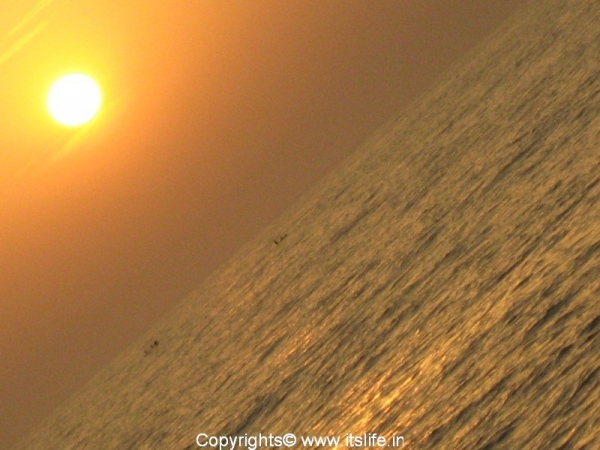
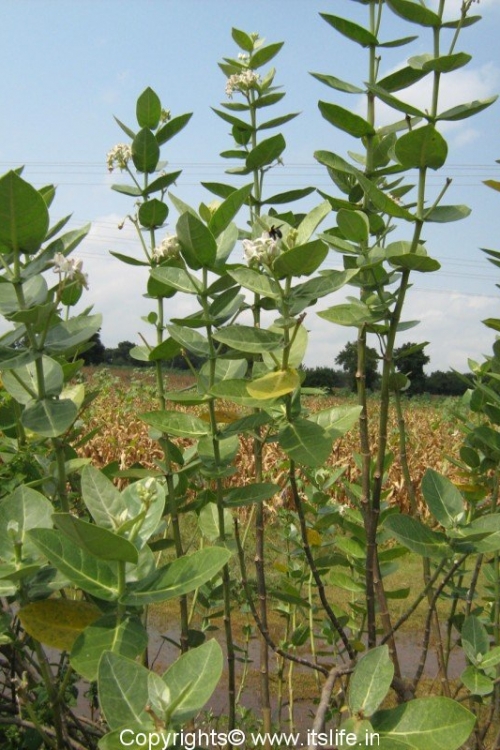
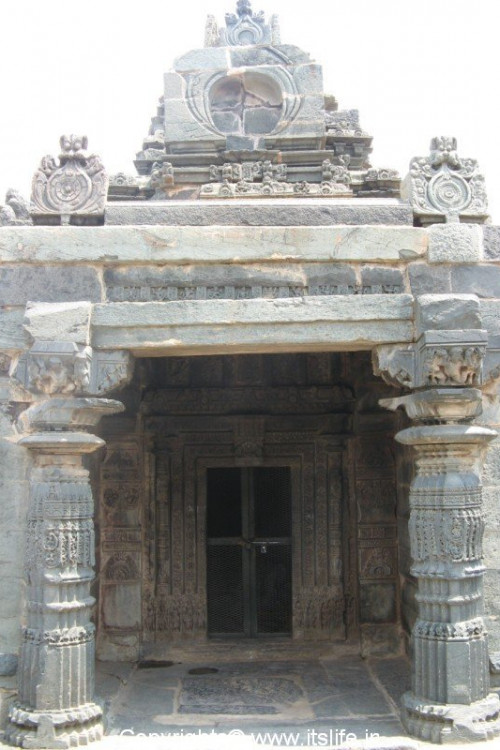
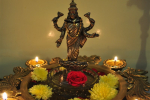

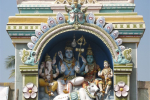
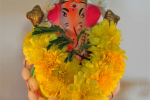
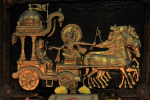
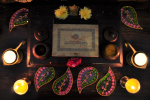
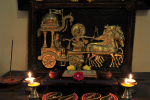

The description is good and informative.
Good.informative.
Wonderful info.must be shared with like minded people.
Thank you, Jaya.
Thank you, Jaya.
Thank you, Savithri.
Just amazing! So knowledgeable
Amazing information and enriching
Glad you found this content useful.